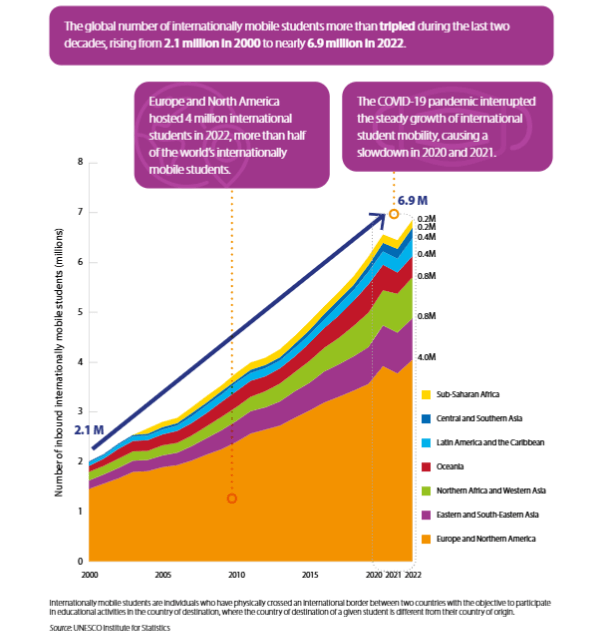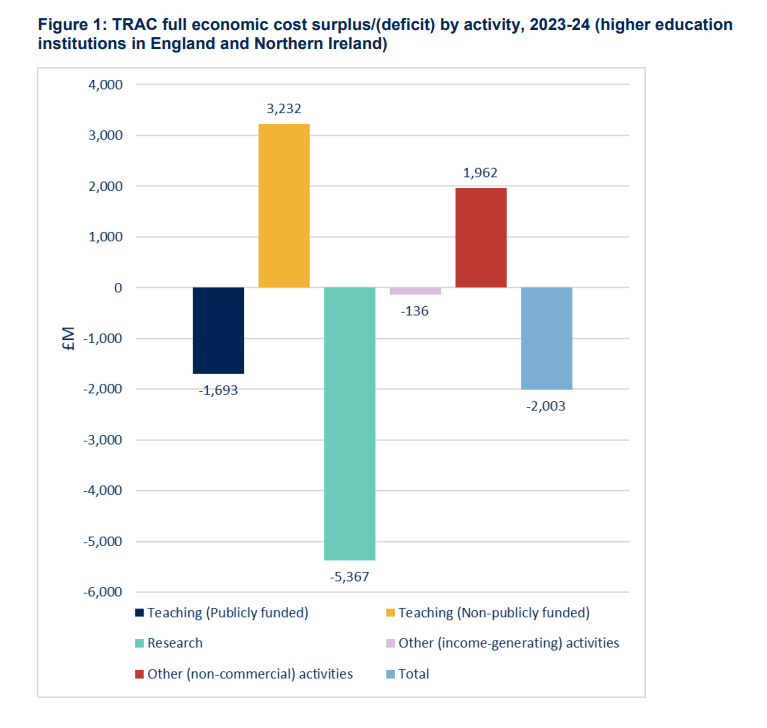Author
Rebecca Robinson
Data Analyst (Higher Education Insight), QAA
Data releases
Higher education students in Scotland 2023-24
Student loans to financial year 2025
Early in-year student withdrawals
Student visa update
UK revenue from education related exports and trans-national education
Apprenticeship starts in Wales and Northern Ireland
Destination of school leavers in Scotland

Longitudinal Education Outcomes 2022-23
Graduate Labour Market statistics
League table releases
UNESCO international higher education data
UNESCO published a report in June looking at higher education figures across the world. The data shows that global tertiary enrolments for 2023 were at 264 million students, with women outnumbering men (137 million and 127 million respectively). The number of internationally mobile students has risen from 2.1 million in 2000 to 6.9 million in 2022. More than half of these students are hosted in Europe and North America.

Analysis in the sector
Student experience
HEPI/Advance Student Academic Experience Survey 2025
The proportion of respondents that say they are happy with their choice of institution and course is down to 56%, with 11% of respondents now saying they would choose not to enter higher education if they had the choice again.
Over two-thirds of students are in paid employment in term time (68%) – the highest proportion in the survey’s history.
Study related workload hours are down compared to 2024, with significant change to the average number of independent study hours reported (11.6 in 2025, 13.6 in 2024).
Fulfilment and Outcomes – the student experience in 2025
International student experience
A report from Etio on global student experience based on the results from the 2025 International Student Barometer (a global survey of international students) includes a section on experiences of AI plus a regional focus on responses from international students studying in the UK.
The report notes that, globally, 26% of international students use AI tools daily and 94% are positive about the impact of AI based tools on their learning experience. The survey covered 33,000 international students studying in the UK and found that 90% are satisfied overall and 80% would recommend their institution.

Student experience of disadvantaged students
Understanding SHAPE graduates
UK higher education, immigration and financial sustainability
TRAC 2023-24
Image taken from OfS Annual TRAC 2023-24 report

Data news
In-year collection of student data
Previous editions
Data Insights: June 2025
